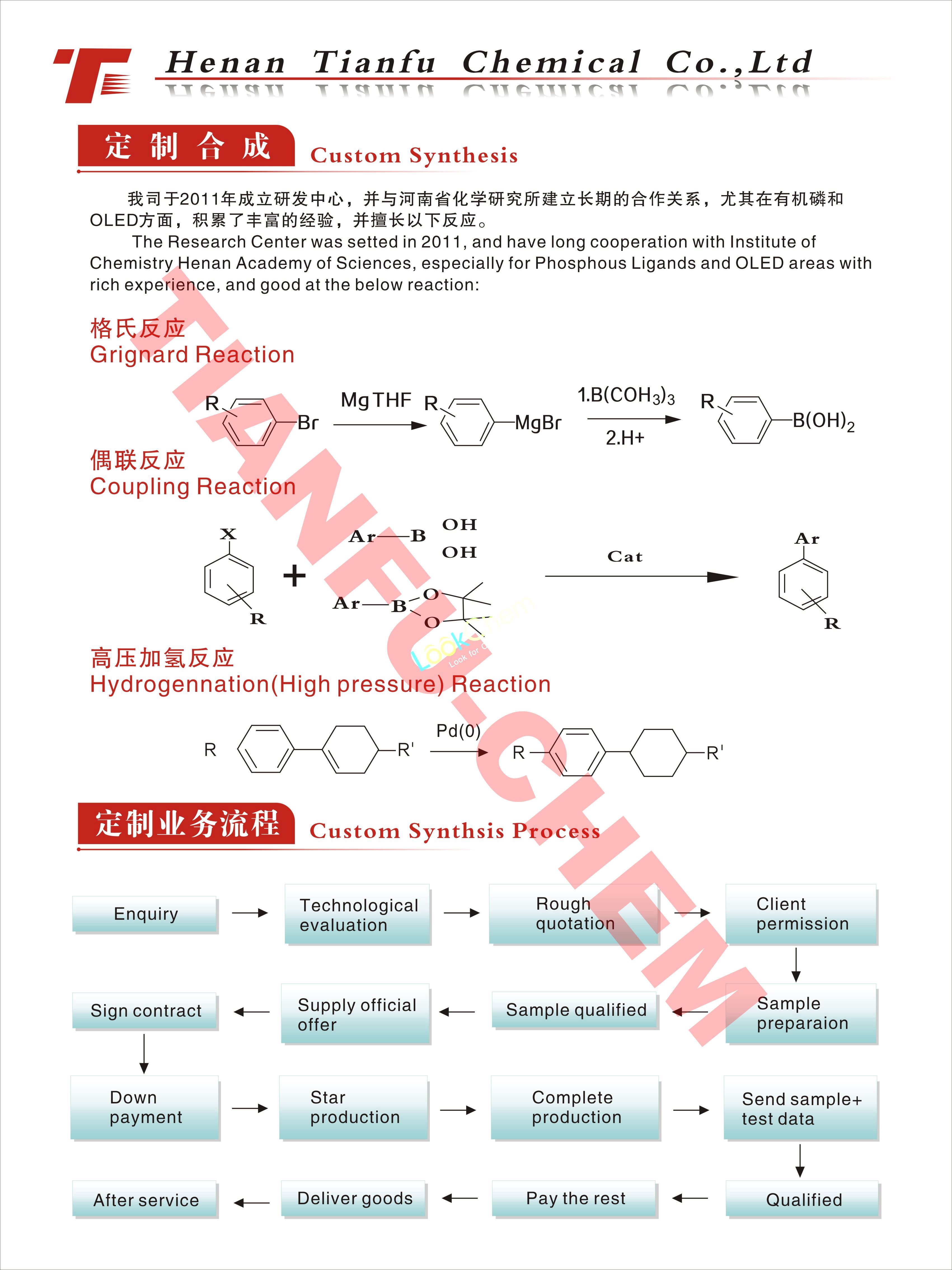SEMUSTINE Basic information
Product Name: SEMUSTINE
Synonyms: N-[2-CHLOROETHYL]-N'-[4-METHYLCYCLOHEXYL]-N-NITROSOUREA;SEMUSTINE;1-(2-Chloroethyl)-1-([(4-methylcyclohexyl)amino]carbonyl)-2-oxohydrazine;1-(2-chloroethyl)-3-(4-methylcyclohexyl)-1-nitroso-ure;1-(2-Chloroethyl)-3-(4-methyl-cyclohexyl)-1-nitrosourea;1-(2-Chloroethyl)-3-(trans-4-methyl-cyclohexyl)-1-nitrosourea;ICIG 1110;icig1110
CAS: 13909-09-6
MF: C10H18ClN3O2
MW: 247.72
EINECS:
Product Categories: Building Blocks;Chemical Synthesis;Nitrogen Compounds;Nitroso Compounds;Organic Building Blocks;ATROMID
Mol File: 13909-09-6.mol
SEMUSTINE Structure
SEMUSTINE Chemical Properties
Melting point 64°C (rough estimate)
density 1.3346 (rough estimate)
refractive index 1.5500 (estimate)
Safety Information
Hazard Codes T
Risk Statements 45-46-23/24/25-36/37/38
Safety Statements 53-22-26-36/37/39-45
RIDADR 3249
WGK Germany 3
RTECS YS5000000
HazardClass 6.1(a)
PackingGroup II
MSDS Information
Provider Language
SigmaAldrich English
SEMUSTINE Usage And Synthesis
Uses Commonly used in pharmacological studies involving: • ;Nutrient-sensitized screening for drugs that shift the energy metabolism from mitchondrial respiration to glycolysis1• ;CEOP regimen with semustine used as induction chemotherapy in patients with lymphoma2• ;Investigations into its use for chemotherapy3,4
Uses antihyperlipidemic
Definition ChEBI: An organochlorine compound that is urea in which the two hydrogens on one of the amino groups are replaced by nitroso and 2-chloroethyl groups and one hydrogen from the other amino group is replaced by a 4-methylcyclohexyl group.
General Description Light yellow powder.
Air & Water Reactions Insoluble in water.
Reactivity Profile A halogenated and nitrated amide. Organic amides/imides react with azo and diazo compounds to generate toxic gases. Flammable gases are formed by the reaction of organic amides/imides with strong reducing agents. Amides are very weak bases (weaker than water). Imides are less basic yet and in fact react with strong bases to form salts. That is, they can react as acids. Mixing amides with dehydrating agents such as P2O5 or SOCl2 generates the corresponding nitrile. The combustion of these compounds generates mixed oxides of nitrogen (NOx).
Fire Hazard Flash point data for SEMUSTINE are not available. SEMUSTINE is probably combustible.







 Assessedsupplier
Assessedsupplier


